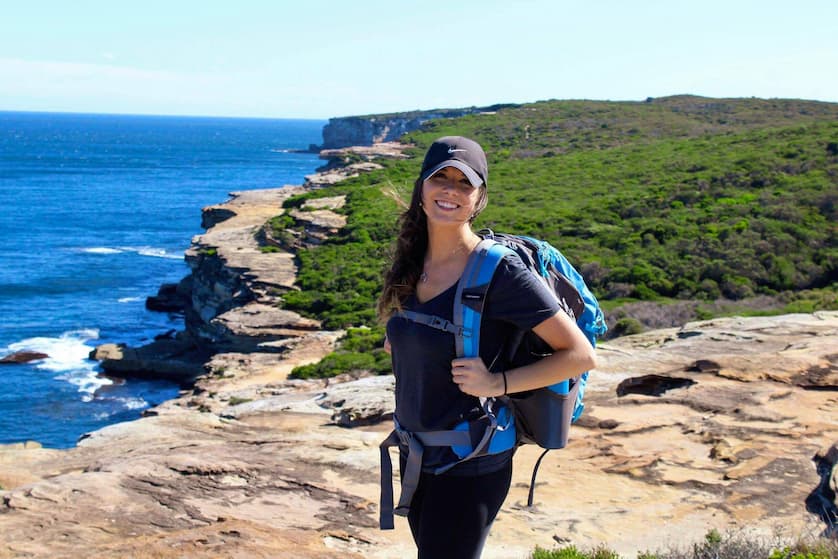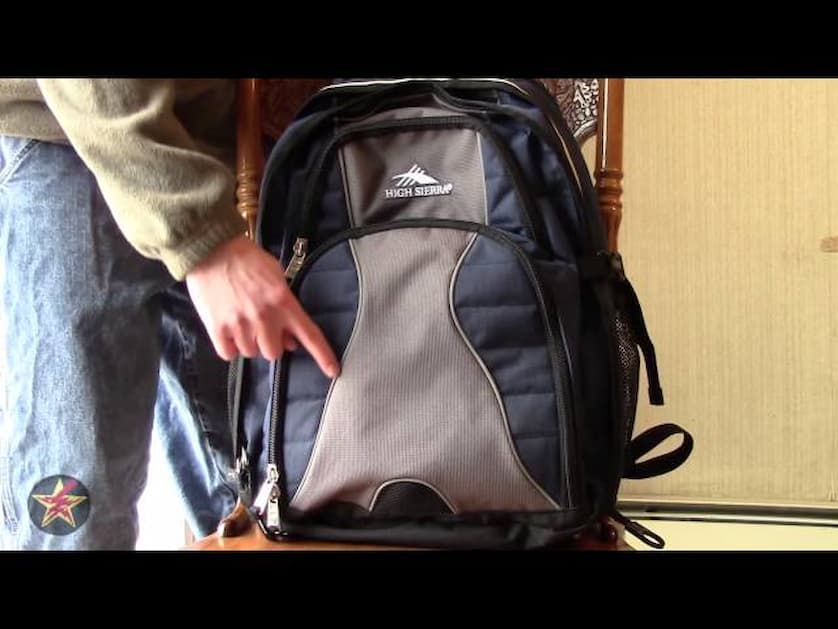There’s something about lacing up your boots, zipping up your pack, and heading out for the day that just clears your head. Whether a full-on bushwalk or a quick pre-brunch wander, I’ve learned that having the right daypack makes all the difference.
It doesn’t matter if you’re a weekend explorer, a casual hiker, or just trying to spend more time outdoors; your gear should help, not hinder. And when it comes to packing light and moving freely, well-designed daypacks are an absolute game-changer. Here’s how to choose one that’ll carry you through the everyday and into the wild.
Contents
Go for a Daypack That Does It All

I used to have one backpack for the gym, another for hikes, and a third one that kind of just lived in my car “just in case.” But switching to a purpose-built daypack streamlined everything.
What is the purpose of a daypack? A good daypack blends compact design with clever features. You want space for your essentials. Think water bottle, jacket, first-aid kit, snacks, and maybe a camera, without lugging around unnecessary bulk. Look for something in the 15–30 litre range. It’s the sweet spot for most day adventures: not too big, not too small.
Smart organisation is everything. I’m talking about multiple compartments, internal sleeves, side pockets for drink bottles, and loops or lash tabs for carabiners and keys. A stash pocket for snacks or tissues is also a lifesaver, especially when you don’t want to stop and unpack everything just to find a lip balm.
Comfort Isn’t Optional (Especially on Long Walks)
I still remember my first “real” hike with a cheap, flimsy backpack. It dug into my shoulders, bounced with every step, and left me sore for days. Lesson learned. Luggage-wearing-related comfort isn’t a luxury but a must-have. Look for padded, adjustable shoulder straps and a ventilated back panel to reduce sweat and friction. A sternum strap and waist belt can do wonders for stability, especially on uneven terrain. These small details make a big difference on longer walks, keeping the load centred and your back happy.
Even better? Some packs are built with women’s body shapes in mind: shorter torso lengths, contoured shoulder straps, and better weight distribution. If you’re petite or find standard packs a bit bulky, it’s worth hunting down a female-specific fit.
Choose the Right Features for Your Adventure Style
Different hikers, different needs. The best daypacks for sale offer options that match your terrain and trip type.
- Doing short, casual hikes? A lightweight pack with a simple design will do the trick—something with easy access and a sleek shape that won’t get in the way.
- Going longer or more remote? Opt for technical features like hydration bladder compatibility (or at least space for a 1–2L bottle), external gear loops for trekking poles, and weather-resistant materials. Even better if it comes with a built-in rain cover, because let’s face it, the weather can turn fast out there.
- Planning an all-day hike or carrying gear for kids? A slightly larger daypack with reinforced stitching and a bit of extra structure will give you the durability and space you need.
Pro tip: If you’re building out your gear list, this read helped me a lot when I was starting out.
Versatility = Value

If you’re anything like me, you want your gear to pull double duty. There’s no sense in having a bag that only comes out for special occasions. A well-designed daypack fits just as easily into your daily life as it does into your weekend escape. I use mine for everything, from morning walks and beach trips to carrying my laptop and lunch to work. The trick is choosing a pack that blends outdoor-ready features with an urban-friendly look.
Look for clean designs in colours you’ll actually wear. I went with a charcoal grey model—it hides dirt, goes with anything, and still looks sharp enough to wear around the city. If you’re scrolling through daypacks for sale, prioritise packs with simple aesthetics, water resistance, and internal organisation. You’ll get a lot more use out of it, trust me.
Style Still Matters (Even Outdoors)
I know we’re talking function first, but unpopular opinion, and I’m going to say it: style still matters. You don’t have to settle for something that screams “school bag” or “I borrowed this from my dad’s camping stash.”
Today’s day packs come in a variety of colours, materials, and silhouettes to suit every vibe. From earthy neutrals and sporty brights to sleek urban looks, there’s no shortage of options. Your pack becomes part of your outdoor identity—so go for something that feels like you. It sounds simple, but when your gear looks good and works well, you’ll want to use it more. And that means more hikes, more movement, and more feel-good adventures.
Why I Switched (and Haven’t Looked Back)
I’ve been using the High Sierra Camille Travel Backpack for a while now and genuinely love it. It’s lightweight, surprisingly roomy, and tough enough to handle rock scrambles, overstuffed snack stashes, and sudden downpours. It’s the pack I grab for everything. Sometimes it’s stuffed with groceries, other times it’s holding my trail mix and a soggy map, but no matter where I’m going, it works.
If you’re on the hunt for daypacks for sale that strike a balance between comfort, durability, and style, it’s worth investing in something built for the long haul. Because honestly, once you’ve found your go-to pack, there’s no going back to that bottomless tote or awkward old backpack.












